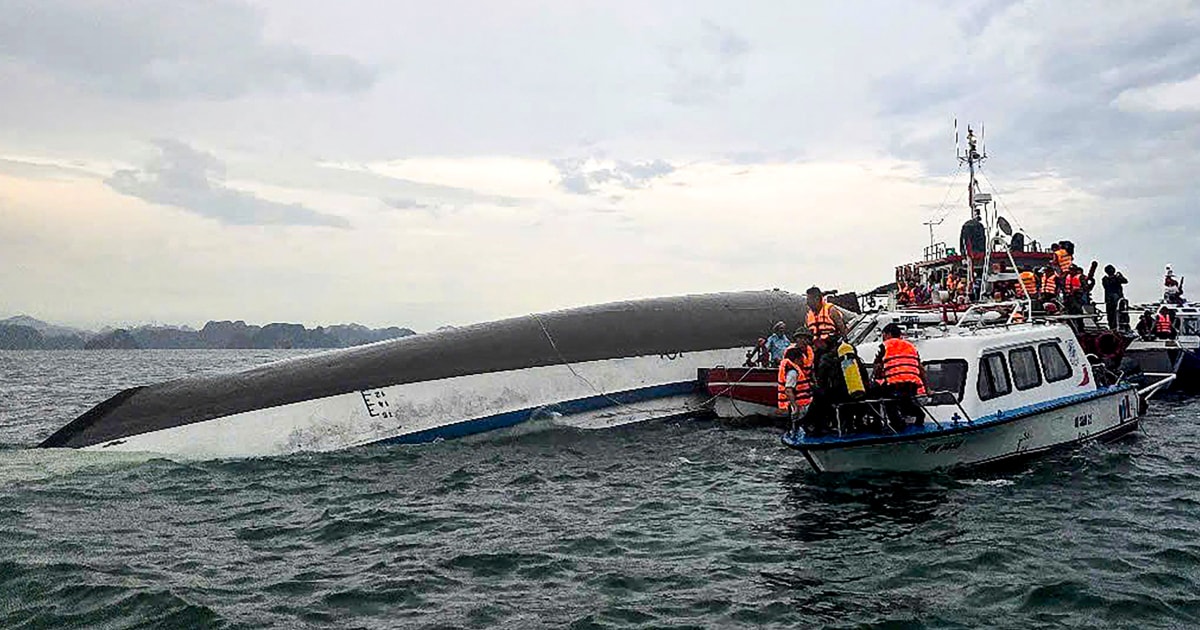Rising Sea Levels: The Impending Crisis Facing Coastal Communities
As climate change accelerates, rising sea levels pose an urgent threat to coastal communities worldwide. Recent studies reveal alarming projections, with sea levels expected to rise by up to 3 feet by the end of the century if current trends continue. This crisis affects millions and demands immediate action from governments and citizens alike.
Understanding the Causes of Rising Sea Levels
Rising sea levels primarily stem from two factors: the melting of polar ice sheets and glaciers, and the thermal expansion of seawater as it warms. According to NASA, global sea levels have risen about 8 inches since 1880, with the rate of increase accelerating in recent decades. The National Oceanic and Atmospheric Administration (NOAA) projects that sea levels could rise by an additional 1 to 4 feet by 2100, depending on greenhouse gas emissions.
- Melting Ice: The Greenland and Antarctic ice sheets are losing mass at an unprecedented rate. In 2019 alone, Greenland lost over 600 billion tons of ice.
- Thermal Expansion: Warmer ocean temperatures cause water to expand, contributing to rising sea levels.
- Land Subsidence: In some areas, the land itself is sinking due to natural geological processes and human activities.
The Impact on Coastal Communities
The implications of rising sea levels are profound, particularly for coastal cities. Communities such as Miami, New Orleans, and New York City face increased flooding, erosion, and damage to infrastructure. A 2022 report from the Union of Concerned Scientists predicted that by 2045, nearly 7 million Americans living in coastal areas could be displaced due to chronic flooding.
“We are at a critical juncture,” states Dr. Emily Martinez, a climate scientist at the Coastal Research Institute. “If we don’t take immediate action to mitigate emissions and adapt our infrastructure, we risk losing entire communities.”
Adaptation Strategies: What Can Be Done?
To combat the impending crisis, local governments and communities are implementing various adaptation strategies. These include:
- Infrastructure Upgrades: Many cities are investing in seawalls, flood barriers, and improved drainage systems to protect against flooding.
- Wetland Restoration: Restoring natural wetlands can provide a buffer against storm surges and flooding.
- Relocation: In some extreme cases, communities may need to consider relocating away from vulnerable areas.
Moreover, investment in green infrastructure, such as parks and green roofs, can help absorb excess rainwater and reduce the urban heat island effect. As cities like San Francisco and New York explore these options, the need for federal funding and support becomes increasingly clear.
Economic Consequences of Sea Level Rise
The economic ramifications of rising sea levels are staggering. According to a report by the Risky Business Project, rising sea levels could cost the U.S. economy $1 trillion by 2050, affecting property values, tourism, and public services. Areas that have historically been considered prime real estate are at risk of becoming uninhabitable, leading to a potential real estate market collapse.
“Investors need to be aware of the risks associated with coastal properties,” warns financial analyst John Reynolds. “As climate change intensifies, properties at risk of flooding will see their values plummet.”
Public Awareness and Community Engagement
Raising public awareness is crucial in addressing the issue of rising sea levels. Community leaders and environmental organizations are working to educate residents on the risks and available resources. Initiatives such as town hall meetings, workshops, and social media campaigns aim to engage citizens in local climate action efforts.
Furthermore, scientists and policymakers emphasize the importance of collective action. “The more people understand the stakes, the more they will advocate for necessary changes,” notes Dr. Martinez. “It’s a community effort that requires everyone to participate.”
The Future: A Call to Action
In conclusion, rising sea levels present an imminent threat to coastal communities, with significant environmental, economic, and social implications. As we advance toward 2050, the need for comprehensive strategies to mitigate and adapt to these changes has never been more critical. Communities must come together to advocate for sustainable practices, support infrastructure improvements, and promote awareness of the issues at hand.
As scientists continue to study and predict the effects of climate change, local governments must prioritize policies that protect vulnerable populations. The time for action is now—if we hope to safeguard our coastal communities for future generations, we must act decisively and collaboratively.
Join local efforts to combat climate change in your area, and stay informed about initiatives aimed at protecting our coastal communities.



